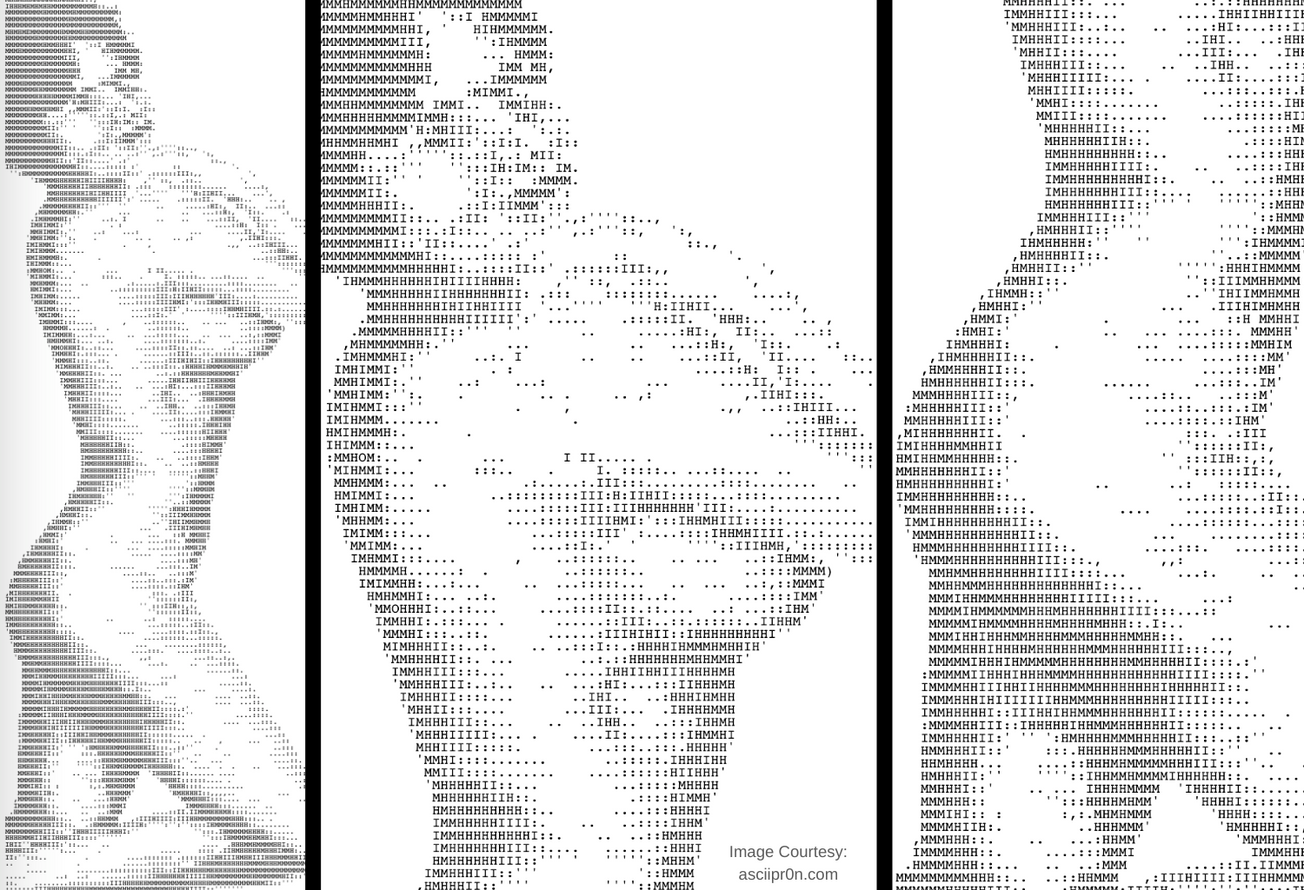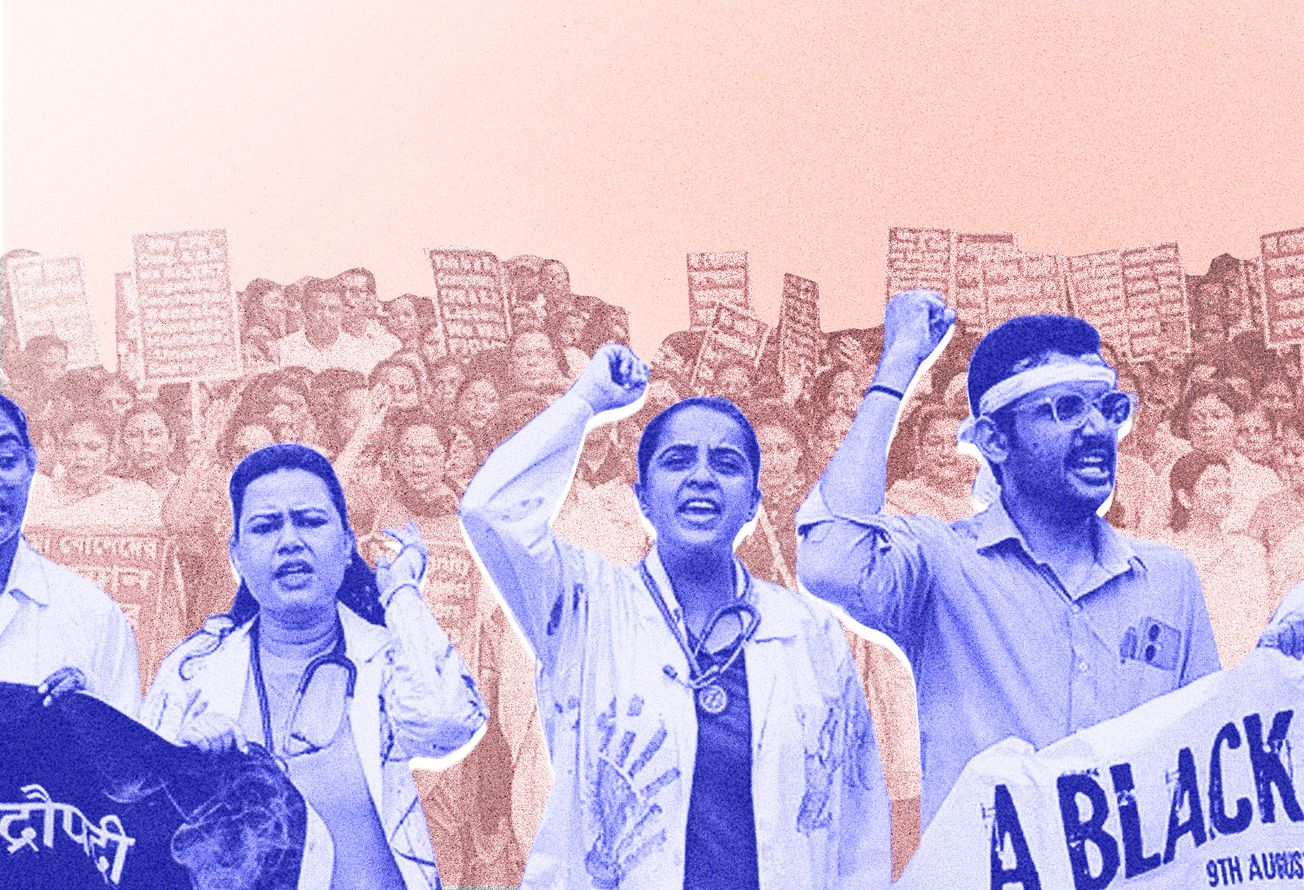Image: ASCII of Pinups
Content Warning: The article's themes and images may not be suitable for children.
The favourite adage - ‘sex sells’ - as touted by wanting-to-be-racy advertising copywriters, is often used without due credit. Sex work is the oldest profession in the world, and all of the information and communication technology that we have and use today, owes its existence to sex workers.
Until 2012, the largest annual technology trade fair - the Consumer Electronics Show in Las Vegas - coincided with the AVN Adult Entertainment Expo, usually hosted in the same building. Culturally, this is often recorded as evidence of the long-standing and intertwined relationship between sex work and technology. Porn performers and creators have almost always been early adopters of any technology, responding with agility to both the possibilities and limitations presented by the tech in question. In fact, even before ‘technology’ came into being, depictions of eroticism and sexual imagery can be traced back to petroglyphs, frescoes, and figurines dating back to the Paleolithic and Mesolithic eras. It can be safely said that erotic imagery has been the one greatest common denominators of culture, across civilizations.
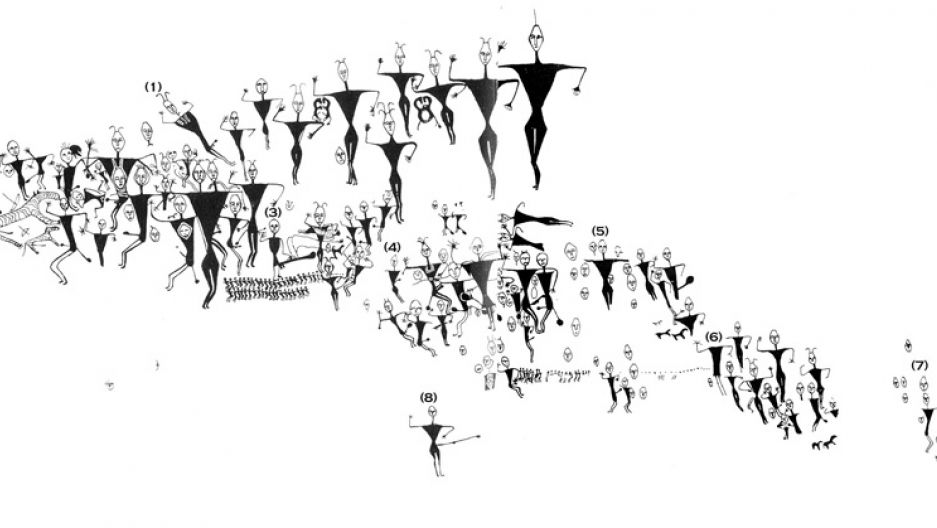
Take for instance, the city of Pompeii of ancient Rome - even in the 6th century AD the city was brimming with vivid sexual imagery - everything from phallic engravings on pavements to erotic acts portrayed on banal everyday objects like drinking cups. Twelve thousand year-old stylized cave paintings depicting female genitalia have been found in caves along the border of Derbyshire and Nottinghamshire in England. In India, the erotic sculptures (that really only make up 10% of the depictions) in Khajurao - ones that seem to be the latest in pop culture’s analyses of sexual politics - date back to 1050 AD, though they were rediscovered only in 1830.

While pornographic imagery is as old as human civilisation itself, it wasn’t until the 1800s that sex started becoming a large-scale commerce or ‘industry’. Gradually, with the advent of the printing press and photography, erotica started to find patronage among all classes of people. The first porn film Le Coucher de la Mariée, dates back to 1896 - with French actor Louise Willy performing the first on-screen striptease as her newly-wed screen-husband looks on at her from behind a folding screen. Having titillated audiences across Europe, the film was soon in high demand - even though the striptease lasted only two minutes out of the total seven minute length of the film, and did not have nearly enough nudity (by current standards). This led producers to realise that people were willing to pay top dollar to even see the insinuation of sex on screen. Similarly in London, a seemingly innocuous street—the Holywell street, which before the 1900s, ran parallel with the Strand, became famous as the black market for “artistic nudes”. Distributed through daguerreotype images—an early ancestor of print photography - these depictions were termed ‘obscene’ and banned by the British government in 1857. Interestingly, this is also when the word ‘pornography’ (used earlier in the 1800s in French as "pornographie") found common usage in the English language.
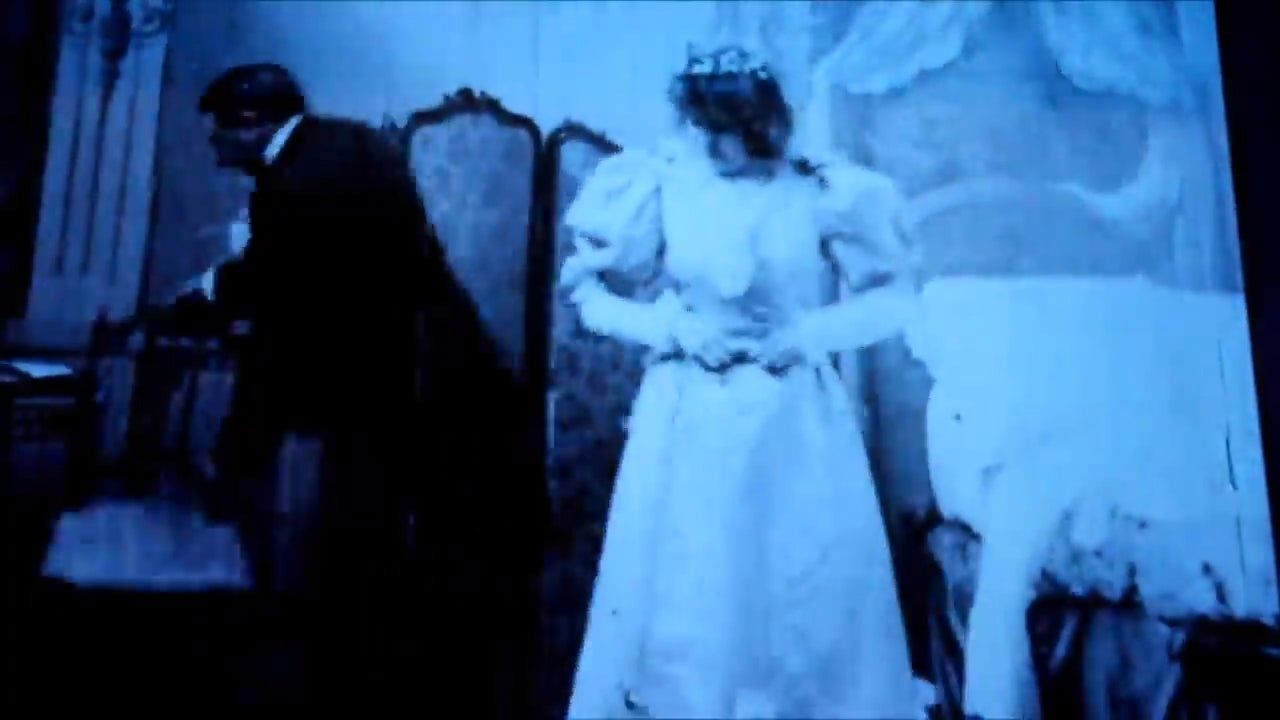
The timeline also coincides with the First War of Independence in India - then a British colony. Soon after the war, a Reformist movement was born in the country, which borrowed from this British imperialistic morality and started to apply a similarly ‘virtuous’ purview to sex work and the tawaif culture in India. In pre-colonial contexts however, tawaifs were held in high regard as skilled performers - women who have effectively shaped much of the cultural and political discourse of modern India.
Despite this high handedness of the British, by the 1900s, the industry of desire was dominating both Europe and America. In 1958, a young British glamour photographer began making short 8mm format films of women undressing and posing topless. These “glamour home movies” allowed, for the first time, the recording and viewing of sexual acts in the comfort of one's home. Consequently, the sales of 8mm cameras and projectors blew up.

In 1969, Andy Warhol’s Blue Movie heralded what is known as the Golden Age of Porn - a time when porn films easily found theatrical release and were a part of collective viewing. The fact that the Blue Movie was mistakenly shot on a film roll meant for shooting night scenes and consequently left a blue tinge throughout the film is why the tag “blue movie” or “blue film” caught on and eventually became eponymous with pornographic films. These films found cable airtime only in the later hours of the night ushering in the whole era of contemporary late-night television, where codes of morality can be somewhat averted.
By such time, porn creators - mostly rich white men with access to cameras and film as a medium - having realised the monetary potential of platforming sex on screen, quickly churned it into ‘profits’, conveniently leaving the performers out. While the power remained concentrated in the hands of studio owners and photographers, the subjects continued to be working class folks. Larger corporations like Sony and Betamax then capitalised upon the distribution technology, reaching porn to our VCRs and DVDs. In fact, the popularity of Blu-Ray, is credited to the use of the format as a standard for high definition by porn films because its higher capability meant more behind-the-scenes footage, more deleted scenes, more actor commentary: all of it with more nakedness.
It is however, during this period that the sex work ‘industry’ also started incubating a latent shift.
The invention of camcorders and polaroid cameras destabilised the power nexus of studios, because performers could now direct, produce, and perform their own content. The internet, thereafter, allowed for models of low-cost distribution and further enabled independent porn productions. It is these basic tenets of decentralised creation and distribution modalities, that modern day content-sharing sensations like OnlyFans are built on.
It’s no exaggeration to say that the internet runs on porn. At any point in time, there are at least three hundred thousand unique viewers of porn. After the military invented the internet (used first by the Pentagon as APRANET in 1969) Tim Berners-Lee brought in the concept of the World Wide Web in 1989, which was then widely used to share and distribute porn. At a time when it was painfully slow and excruciating to download images via dial-up connections, ASCII porn became the first kind of pornography to be shared over the internet. This was soon overtaken by Bulletin Board Systems (BBS), the predecessor of modern-day peer-to-peer sharing systems.
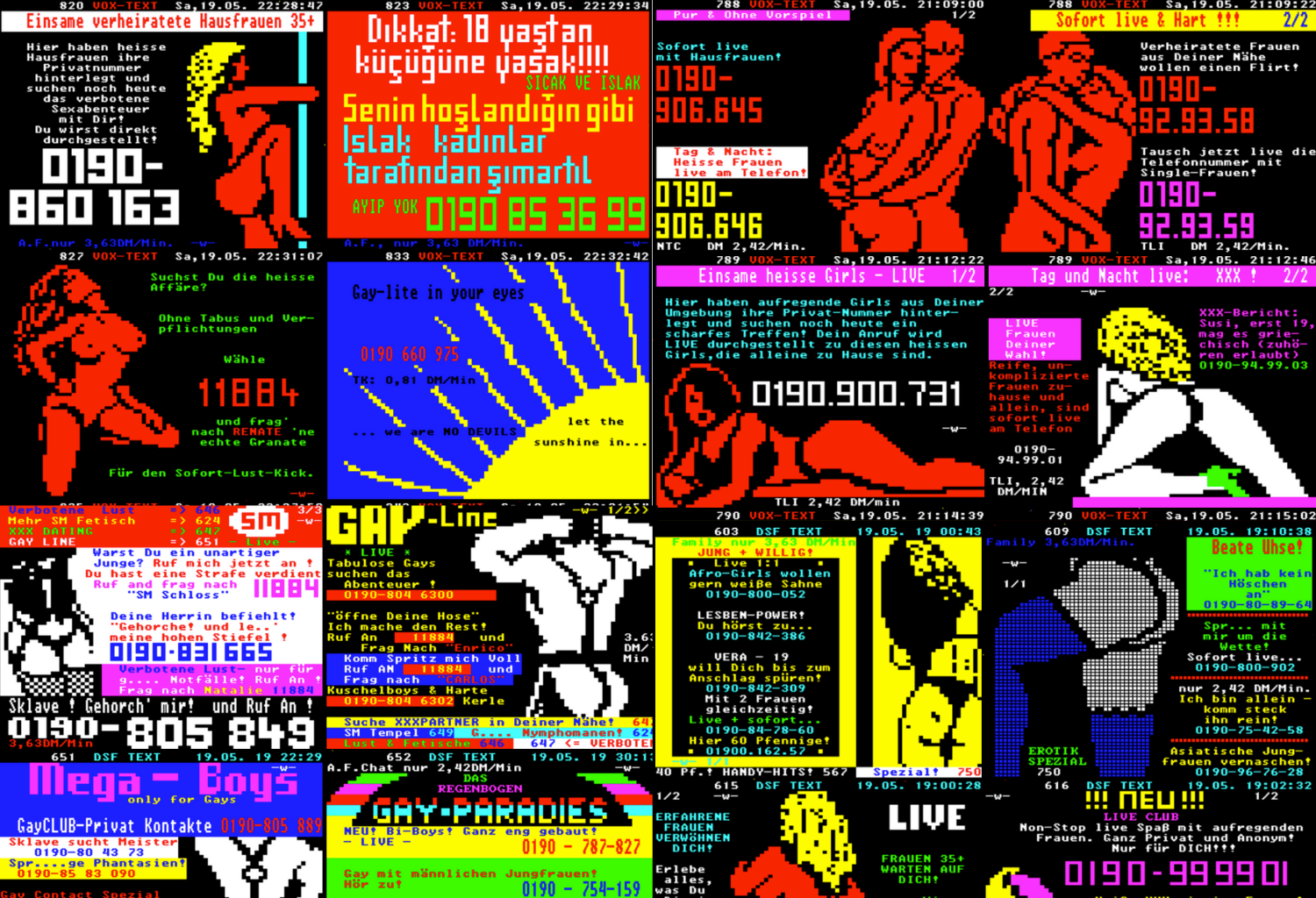
BBS allowed a user to “dial in” into another user’s computer and browse around to see what games, files, and programs they could share. Not surprisingly the most popular type of file people were looking for was pornographic imagery. The fact that this coincided with the invention of the scanner, led to companies building image libraries and offering subscription models on stock imagery. In 1998, the electronic card system for online payments was thus pioneered on porn platforms. One of the first dot-coms was CyberCash, which produced a browser plugin that allowed for secure commercial connections. CyberCash was co-founded by Dan Lynch, one of the developers of the TCP/IP protocol which forms the basis of data sharing on the internet. Before e-commerce entered the mainstream in earnest, a large portion of CyberCash’s earliest clientele were porn site visitors. Video-streaming services and geo-location ads were also technologies that were first launched on porn platforms - effectively finetuning the technology on the backs of sex workers and porn performers who starred in these videos and photos. Companies like PayPal which in its initial days were widely used by sex workers for client transactions. However, as is with most technology, they have now completely dissociated themselves from sex work - so much so that transactions via the platform are not allowed even for the purchase of sex toys.
Despite its major contributions to technology, due credit is rarely given to the sex work ‘industry’ as a whole or to sex workers themselves, given the moral compunctions associated with sex work (or simply sex, in general). For the workers themselves, technology often acts as double edged sword—while it has created the possibility of a considerably safer work environment, as well as an ability to function outside the capitalist models of work, allowing the workers more autonomy over the hours of work, choice of clients and so on, the flip side is constant erasure, bullying, harassment, and copyright infringements. This rings true even with modern day social media platforms.
Attempting to understand this dichotomy, I spoke to Kali Shudra, an independent porn performer and a radical voice for sex workers across Europe. Platforms like Instagram and Facebook, which have become self-styled contemporary guardians of culture, keep most sex workers constantly shadow-banned, taking down their content arbitrarily, regularly restricting features that are available to other users - like Instagram Lives, Reels, and so on, which in turn directly impacts their ability to get work. “Companies like OnlyFans have built themselves on the backs of sex workers and they are now taking down accounts of queer, BIPOC, and trans performers”, says Kali, pointing out how digital spaces, including social media, are coding the same moralistic biases that the society suffers from. Kali narrates incidents where single users have gone on to create multiple accounts to continue bullying and harassment, after individual accounts have been blocked. Yet, in keeping with her anti-capitalist ideologies, she very considerately keeps her OnlyFans account as a free subscription where fans only have to pay for specific content they choose to buy.
Another deeply problematic form of harassment is doxxing. It presents a very real physical threat to their lives. Shruti Vishvan, a sex worker friend who first introduced me to OnlyFans, considers it an economically enabling platform. She has a base ten US dollar subscription fee for her account, after which fans can request specific content for a mutually-agreed upon price. Recently however, her address was doxxed on the internet and random men started turning up at her residence building, demanding to see her. Without any remedy for redressal available for violations like these, digital platforms remain hostile towards sex workers. The fact that sex work over digital platforms falls into this grey zone of “alegal” further complicates the matrix. In most countries, sex work is conflated with sex trafficking, wherein a heavily patriarchal attitude bears down on sex work and refuses to engage with the question of autonomy and choice. Given the long history of the ostracization of sex work(ers) from contemporary culture, this coded bias seems barely surprising. In today's day and age however, thanks to the very same internet, you and I also have the access and ability to counter that narrative— so every time you're on a zoom call, or are sending a nude to a lover, remember to thank a sex worker!
Please signal any unintended copyright infringement on this website to us at info@smashboard.org


